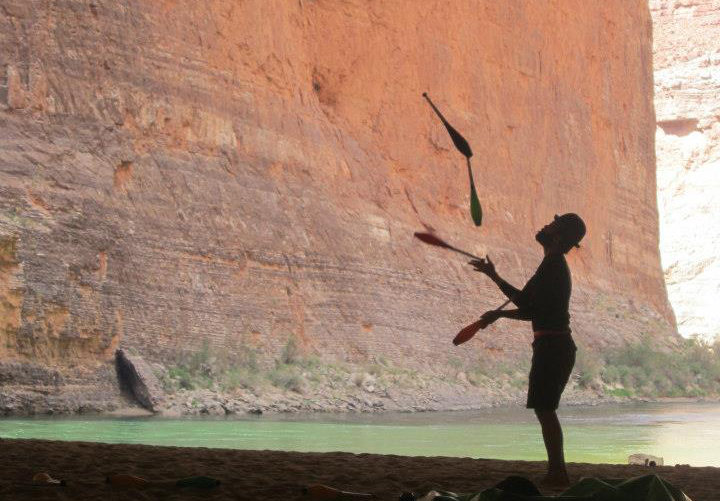Juggling is more than just a circus act or a street performer’s spectacle. It’s a dynamic art that requires focus, dexterity, and precision. But have you ever considered how juggling and mindfulness are intertwined? In this blog post, we’ll explore the world of literal juggling and its surprising connection to mindfulness. We’ll also discuss how practicing mindfulness can enhance your juggling skills, creating a harmonious blend of art and meditation.
1. The Basics of Juggling
Before we dive into the mindfulness aspect, let’s first understand the fundamentals of literal juggling. Juggling involves manipulating multiple objects, such as balls, clubs, or rings, in the air in a coordinated sequence. It challenges your hand-eye coordination, timing, and concentration.
2. Mindfulness: A Brief Overview
Mindfulness is a mental practice that involves being fully present and engaged in the moment, without judgment. It’s often associated with meditation, but it extends to various aspects of life. Mindfulness helps reduce stress, increase self-awareness, and improve overall well-being.
3. The Mindful Juggler’s Connection
Now, let’s uncover the connection between literal juggling and mindfulness:
- Focus: Juggling requires intense focus on the objects in motion. To keep the pattern going, a juggler must be present, concentrating on the task at hand. This focus closely mirrors the essence of mindfulness – being fully engaged in the here and now.
- Balance: Achieving balance in juggling is crucial. Just as a mindful person seeks balance in their life, a juggler strives to maintain equilibrium with the objects in motion. It’s a reminder that finding balance in your life is an art in itself.
- Resilience: Juggling can be challenging. Drops and mistakes are inevitable. But a mindful juggler understands that imperfections are part of the process, just as in life. This acceptance of failure and the ability to bounce back is a mindfulness principle.
4. How Mindfulness Enhances Juggling Skills
Practicing mindfulness can significantly enhance your juggling skills:
- Improved Focus: A mindful juggler can maintain a steady rhythm and focus on each toss with precision. This translates to fewer drops and a smoother performance.
- Reduced Stress: Juggling can be stressful, especially when learning new patterns or tricks. Mindfulness techniques, such as controlled breathing, can help manage this stress and anxiety.
- Increased Creativity: Mindfulness encourages creative thinking. As you become more in tune with your juggling, you’ll discover new patterns and tricks, allowing your skills to evolve.
5. A Mindful Juggling Practice
To incorporate mindfulness into your juggling routine, follow these steps:
- Set an Intention: Before you start juggling, set a mindful intention. Focus on the moment and the joy of juggling, not the end result.
- Breathe: Pay attention to your breath while juggling. Inhale as you toss an object, and exhale as you catch it. This rhythmic breathing aligns your mind with the motion.
- Embrace Mistakes: When you drop an object, don’t get frustrated. Instead, acknowledge it, breathe, and continue with your practice. This teaches resilience and acceptance of discomfort. For most people failing is a big challenge and juggling comes with a lot of it, but once you master the acceptance of failure, new worlds will open up for you.
Conclusion
Juggling and mindfulness may seem like an unlikely pair, but they share a profound connection. The art of juggling can be a mindful practice, teaching focus, balance, and resilience. By incorporating mindfulness into your juggling routine, you can enhance your skills and experience a unique blend of art and meditation. So, whether you’re a seasoned juggler or a beginner, consider infusing mindfulness into your juggling journey, and watch how it transforms your performance and your life.

